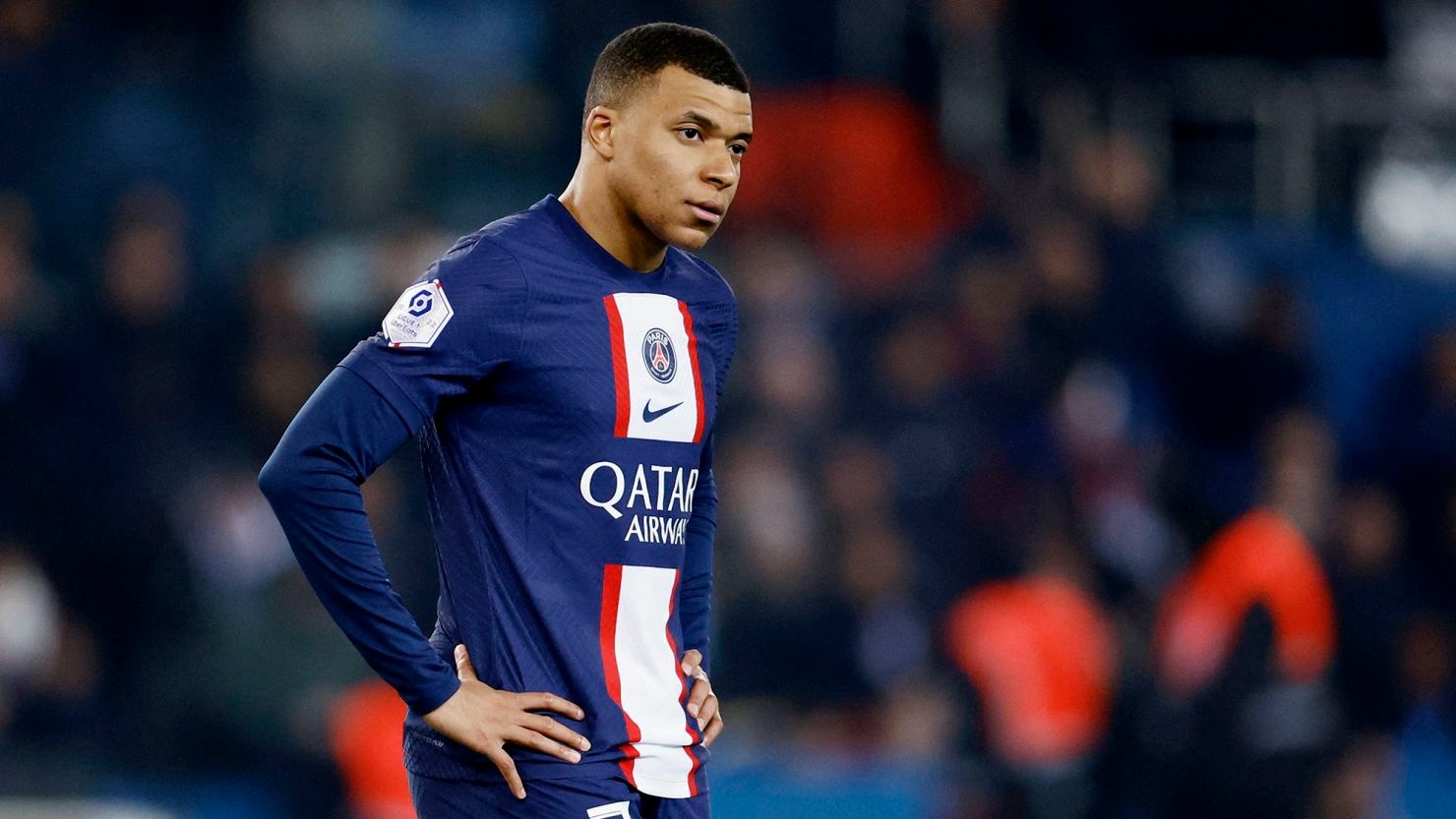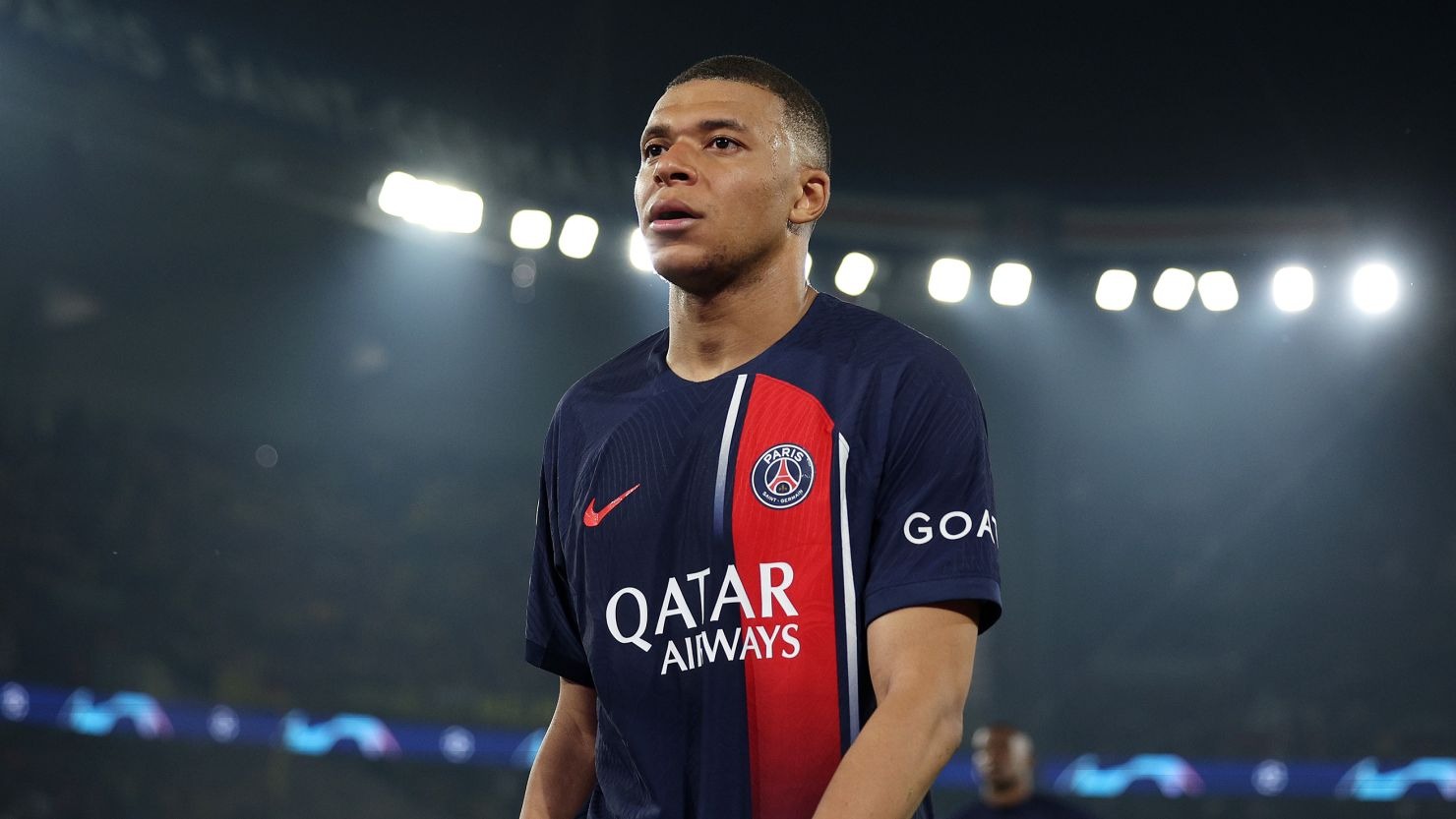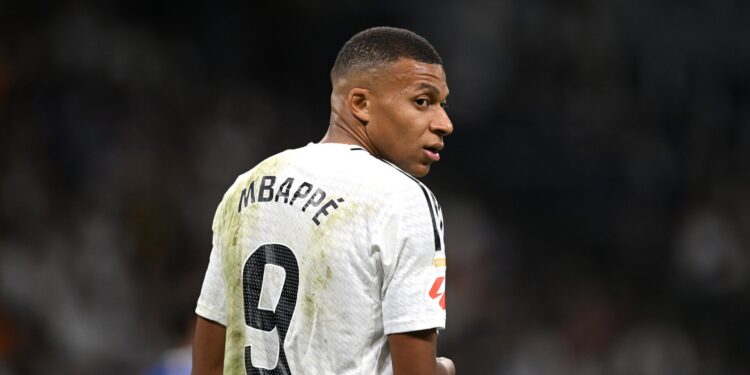Many observers were left deeply unsettled by how long Kylian Mbappe’s form dropped in the second half of last year, especially when it started to feel like his famous acceleration might no longer be what it used to be.
His pace was still well above average. And if you looked only at the stats, the numbers didn’t suggest anything unusual. He ended his final campaign at Paris Saint-Germain with a personal record of 44 goals across all competitions.

He later pushed France to the semifinals at the European Championship and, a week later, walked out to a packed Santiago Bernabeu crowd to mark his childhood move to Real Madrid.
A Season of Uncertainty and Faded Brilliance
Toward the end of his time at Parc des Princes, Mbappe appeared disconnected from matches. His performances at the Euros felt uninspired, and his early games in Madrid didn’t give much to talk about either.
It raised the question many couldn’t shake off: when last did Mbappe make people leap out of their seats with a trademark sprint? When did he last rip apart a top defense with just one burst? When did he last dominate global football conversation with one action?
His form dipped gradually, without loud warnings. But when that spark returned, it didn’t come quietly; it came like thunder.
The Return Moments That Rekindled His Impact
In a Champions League clash away to Atalanta last December, Mbappe let a ball from Brahim Diaz run across his body near the edge of the box. That clever movement took Marten de Roon out of the play and gave him just enough time to lash the ball into the bottom left of the net.
Not long after, in a Spanish Super Cup final versus Barcelona, he beat Alejandro Balde with a smooth stepover and tucked the ball calmly past Wojciech Szczesny. Then came a hat-trick at Valladolid that silenced every claim that his pace and ruthless finishing were gone. That game reminded everyone why he first became a star.
Now that he has adjusted to life in Madrid, with his physical form restored and a better connection with teammates, Mbappe has returned to full throttle on the pitch.

Speed Has Always Been at the Core of Mbappe’s Style
From the beginning of his football journey, Mbappe’s pace has never been just a bonus, it has always been a big part of how he plays. But how he puts that pace to use has changed depending on the coach and the system he plays in.
Coming from a family rooted in sports, Mbappe had athleticism wired into his DNA. His father, Wilfried, worked as a football coach, while his mother, Fayza Lamari, played professional handball. That background gave him a head start long before he ever kicked a ball.
Video clips from when he was a boy, playing for AS Bondy in green and white, training at Clairefontaine, or climbing the ranks at Monaco, clearly show his pace was already developed. When he burst into senior football at Monaco at age 16, it was the first thing everyone noticed about him.
Science Behind His Speed
To better understand what makes Mbappe so fast, The Athletic asked Dr. David Lunn, a senior lecturer in sport and exercise biomechanics at Leeds Beckett University, to analyze his early performances. Dr. Lunn reviewed old game footage from Mbappe’s Monaco days and offered a breakdown of what fuels the striker’s rapid movements.
He explained that two main factors determine sprinting speed: step length and the rate at which a person takes those steps. According to him, Mbappe often takes longer strides than his opponents, which is why he still wins foot races even when they take about the same number of steps.
Dr. Lunn also pointed out that the longer stride allows Mbappe to apply stronger force at take-off, especially when accelerating. This is because of a claw-like motion he uses, powered by a strong hip extension that drives him forward.


















